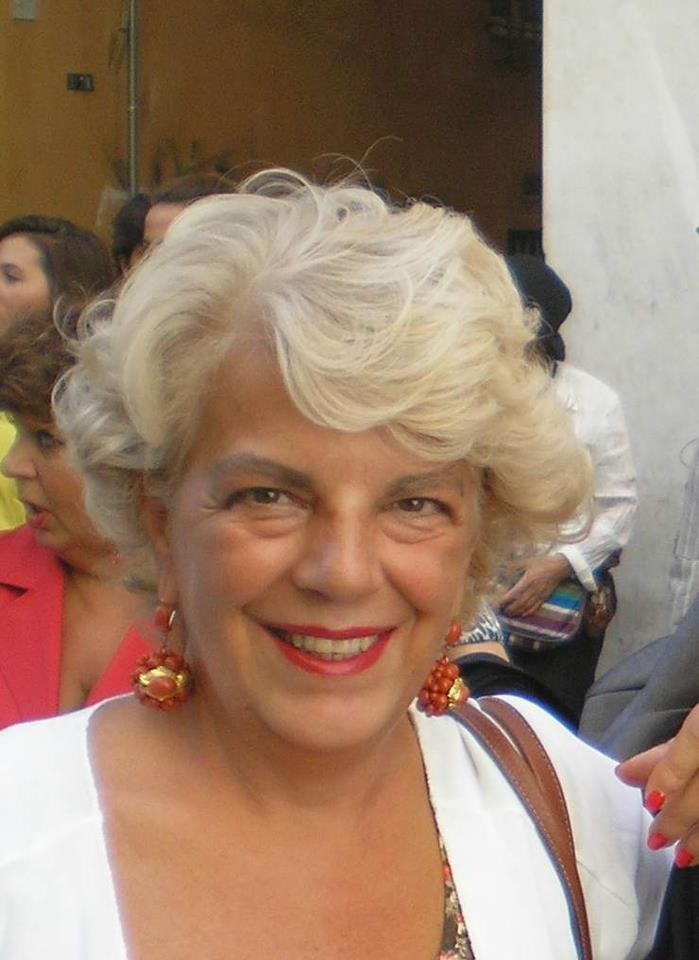Gallerie degli Uffizi
Several domains of intangible cultural heritage are represented in the museums of Uffizi Galleries and many activities (exhibitions, conferences...) are organized to safeguard ICH. The work-related learning project , organized by the Education Department of the Uffizi, like the "Panchina delle Fiabe" or the "Botteghe artigiane", aim to promote and safeguard just the ICH.
Gallerie degli Uffizi
Description of the project / practice / program
As well as the artisans workshops of the Renaissance were for great artists the place of creation of works of art admired all over the world, today in the same places young creatives can forge new masterpieces to be handed down to the next generations. The first work-related learning project is born from this ambition that unites the most important Italian museum with the Florentine business system of artistic craftsmanship
“The idea came from the Education Department of the Uffizi Galleries, directed by Silvia Mascalchi”, comments Eike Schmidt, Director of the Uffizi Galleries. “This Department is a flagship of our organization, which in this case proves to know how to combine the function of the museum to the needs of an education understood in a more dynamic and broad sense. Craftsmanship is not a minor form of knowledge, and learning the techniques will enable students to appreciate and recognize the art that surrounds them in the city and in museums.”
“The most beautiful and noble work is with the hands; letting the high school students experiment it and connect it to what was done in the shops 500 years ago is an extraordinary opportunity. It gives us great hope that so many professions, for too long snobbed, return to the centre of the interests of a generation, just as it was with Renaissance artists”, adds Leonardo Bassilichi, President of the Camera di Commercio di Firenze (Chamber of Commerce of Florence).
Two school years are necessary to complete this 140-hour project, which now starts with the third classes of seven schools in the Florentine metropolitan area. In five Florentine museums the students will follow both historical and artistic topics and the techniques of working with the museum's characteristic materials: the semi-precious stones, the porcelains and the frames at Palazzo Pitti; the painting technique at the Uffizi, the sculpture and the applied arts at the Bargello museum, the art of green at the Boboli Garden, the restoration workshops at the Opificio delle Pietre Dure
Thanks to the Camera di Commercio di Firenze, CNA and Confartigianato, students will then be able to visit companies with activities related to those of the museums visited, to deepen business management issues and to carry out work projects to enhance the workshops in our time.
The next school year, the students themselves will be hosted directly by artistic craft enterprises, so as to be able to deepen techniques such as inlay and mosaic and learn more about materials such as ceramics, wood, textiles, stones, gold, artistic leather goods and artisan perfumery.
How were practitioners of intangible cultural heritage involved?
The project includes not only the institutional craft associations of the area but above all, through them, the workshops and small businesses that will generously welcome the students in the second year of planned activities and contribute, during the first year of training, with meetings and visits to specialized laboratories.
It should be remembered that the project includes two years of activity: the first essentially training and the second most applicative.
The question of transmitting the artisan experience from the current to the next generation has been one of the most convincing themes in motivating the artisans to give their adhesion. The need for a "workshop" practice that goes beyond the logic of scholastic training can be stimulated by staying with the craftsman who will have at his disposal a young man who is already culturally ready to accept his teachings.
The core of the project is precisely that of making evident the cultural values of manual skills in the artisanship, the centrality of these activities in the cultural and economic development of the territories and the risk of their destruction in the prevalence of an exclusively virtual vision of the future. From what has been exposed so far emerges the urgency to create transmission hubs and especially reconsideration of the enormous wealth of "manual skills".
CV of the author

Silvia Mascalchi is an art historian who graduated with Mina Gregori with a thesis on the collecting of the prince and cardinal Giova Carlo de 'Medici. She was professor of Art History at the Art School of Porta Romana and the University of Florence. She currently works as Head of the Education Department of the Uffizi Galleries. The interest in cultural heritage education has developed in her career in parallel with that for the history of art. She had the opportunity to collaborate with the Educational Section of the Uffizi, then direct from Maria Fossi Todorow.
Mascalchi is the author of numerous texts on Medicean patronage and, in recent years, has dedicated herself in particular to the study of the presence of French artists in nineteenth-century Florence.
LESSONS LEARNT
- Let's discover the intangible cultural heritage in our museums and build a bridge between Art and Craft.
- Let's fill the gap and transmit the artisan experience from the current to the next generation.
Practical
When
25 February 2019 from 10:33 to 10:33
Where
Subscriptions
It is no longer possible to subscribe to this bestpractice. Reports and videos will be published after the bestpractice.